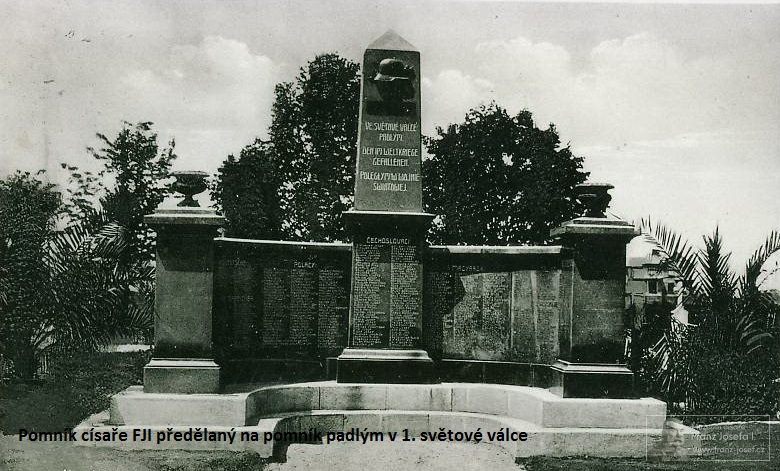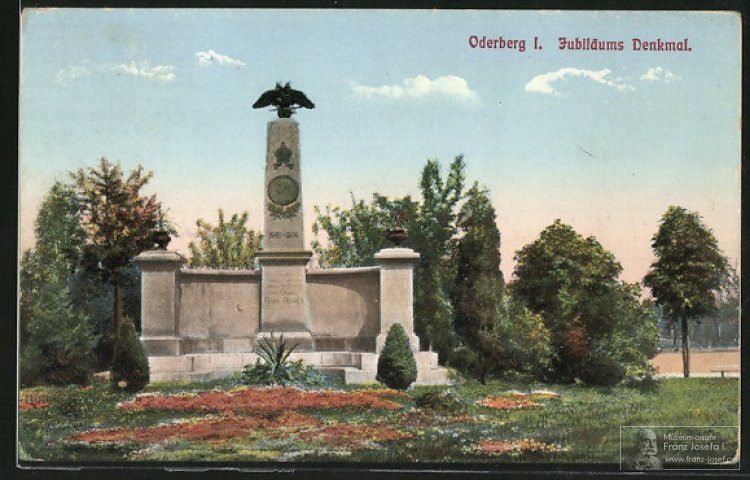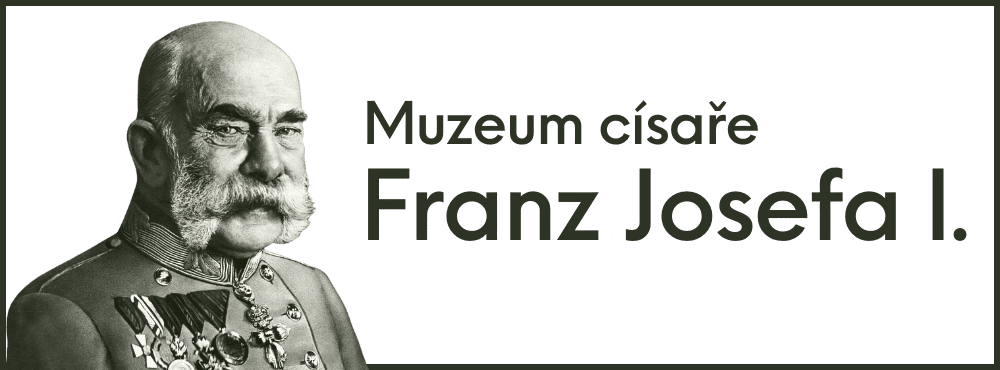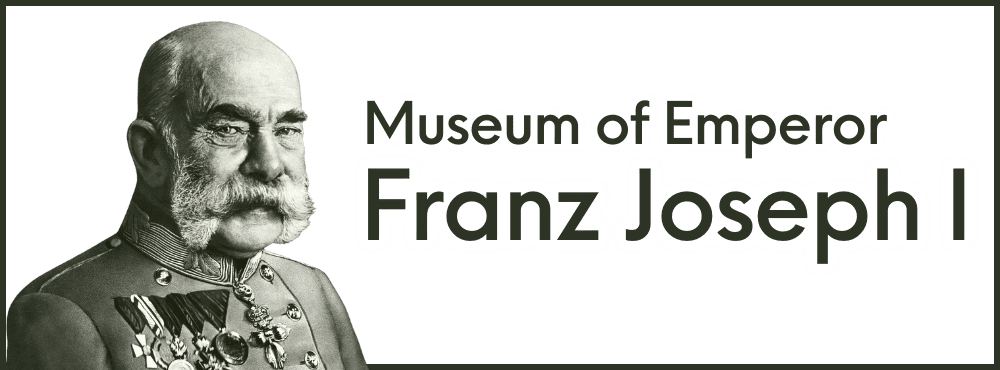The monument to Emperor FJI was unveiled in Bohumín on December 2, 1908
During his long reign, Emperor Francis Joseph I passed through the Bohumín railway station several times and stopped here three times. He passed through it for the first time in 1860 on his way from Vienna to Warsaw, and for the second time with the empress in 1868 on his way to Krakow. He made his first official stop at Bohumín station on February 11, 1874, on his way to St. Petersburg. He stopped for the second time at the Bohumín railway station on September 1, 1880, on his way to Galicia. Then he passed through here in 1900 on his way to military maneuvers in Galicia. He stopped in the village for the third time on August 30, 1906, when he was going to Těšín for military maneuvers. It was from the emperor's last stop at the Bohumín railway station that the documents about the warm relationship of the majority of the inhabitants of the village to the beloved emperor have been preserved. Without exaggeration, the entire village welcomed him at the station. The inhabitants of the village showed their sympathy for the emperor even two years later, when the monarchy celebrated the sixtieth anniversary of its accession to the throne. The entire municipal council decided that on this occasion a monument to the emperor would be unveiled in the village.
The Silesian regional governor Jindřich, Count Larisch-Mönnich, who supported this idea, offered to the council that he would donate part of his pheasantry to the village in order to create a park in which the emperor's monument would be dignified. His offer was gratefully accepted and in 1907 the foundation stone of the future park was ceremonially laid. The stone remains in place to this day and visitors can see it when entering the park from the corner of Štefánikova and Jana Palacha streets. In the course of two years, an English park was created from the pheasant house, in which a nice wooden garden restaurant with rich floral decorations was built along today's Šunychelská street, and opposite it a wooden music pavilion. Both of these buildings stand in their original places only in an altered form to this day. On December 2, 1908, the emperor's monument was ceremoniously unveiled approximately where the monument to Petr Bezruč stands today. Members of the Regional Silesian Committee in Opava, led by Count Jindřich, were also present at the celebration.
A bronze relief of the emperor cast in the Vienna foundry of works of art was placed on the stone plinth. The national euphoria after the creation of Czechoslovakia swept away the emperor's monument as a reminder of the old days.
Source: Bohumín 150 years of histor
But the monument was not completely destroyed. After 1918, the stone part of the monument to Emperor FJI was transferred to the Novobohemin cemetery and modified as a memorial to fallen soldiers from the First World War buried there.
Source: Mgr. Jan František Tiester, chairman of the Civic Association of Friends of Bohemian History.




